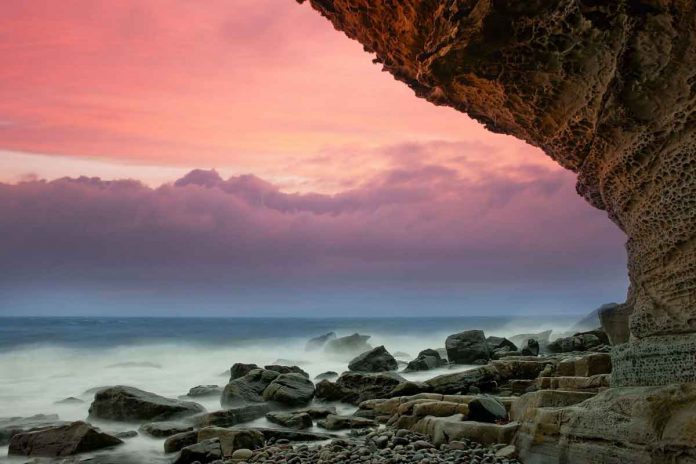Storms, storm surge, waves, and flooding are all mitigated by barrier islands. They can act as a barrier between the ocean and property on the beach. Barrier islands retreat or move closer to the shore as sea levels rise, reducing the buffer and protection. Even if sea levels continue to rise at their current rate, the retreat of coastal barrier islands will accelerate by 50% within a century, according to new research published today.
“These findings can be applied all over the world, but they may be especially significant in the United States, where houses are being built extremely close to the beach,” said LSU Department of Oceanography & Coastal Sciences and Center for Computation and Technology Associate Professor Giulio Mariotti, who is the paper’s lead author.
“It’s well known that barrier islands retreat as sea levels rise, but it’s not clear how,” Mariotti explained.
Mariotti and co-author Christopher Hein of the Virginia Institute of Marine Science discovered that while sea level rise increased dramatically during the 1900s, barrier island retreat did not. Mariotti investigated this phenomenon and created a computer model that, unlike previous models, shows a more nuanced relationship between sea level rise and barrier island retreat. The new model shows a lag between sea level rise and barrier island retreat, calling into question the commonly held belief that barrier islands respond instantly to sea level rise.
“Previous models missed the lag because they assumed the geometry of the entire coastal tract was frozen, from the lower continental shelf to the upland boundary, including subaerial barriers, inlets, and tidal channels. However, the geometry can change, which is what causes the lag effect “He stated.
The model predicts that the rate of barrier island retreat will increase by 50% over the next 100 years. Furthermore, if the rate of sea level rise accelerates, barrier island retreat may accelerate even further. It is important to note that these forecasts do not account for storm strength and frequency, which can also exacerbate barrier island retreat.
Mariotti developed the model using the Virginia Barrier Islands, a chain of uninhabited islands off the southeastern shore of the Delmarva Peninsula.
Hein observes that “These islands are among the most dynamic in the world because they are almost entirely undeveloped. This study demonstrates that what we are seeing today is only a foreshadowing of what is to come, given the increasing rates of sea-level rise, and what is likely in store for developed islands worldwide in the absence of ever-accelerating beach nourishment and hardening.”
Mariotti also points out that while this model predicts an increase in retreat, other barrier islands around the world may retreat faster, slower, or even move away from the shore.
“One of the most novel aspects of this model is its ability to run simulations over thousands of years while also providing insights into decades, which is more useful for management. Simultaneously, I can run simulations over centuries and millennia, allowing the results to be compared to geologic data “Mariotti explained.

